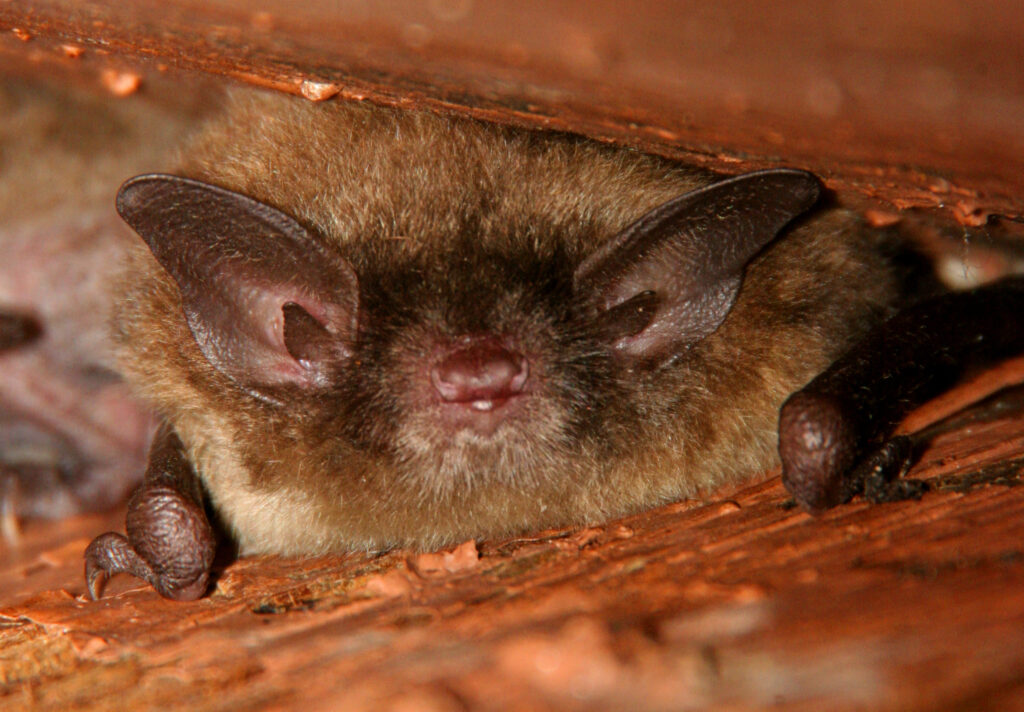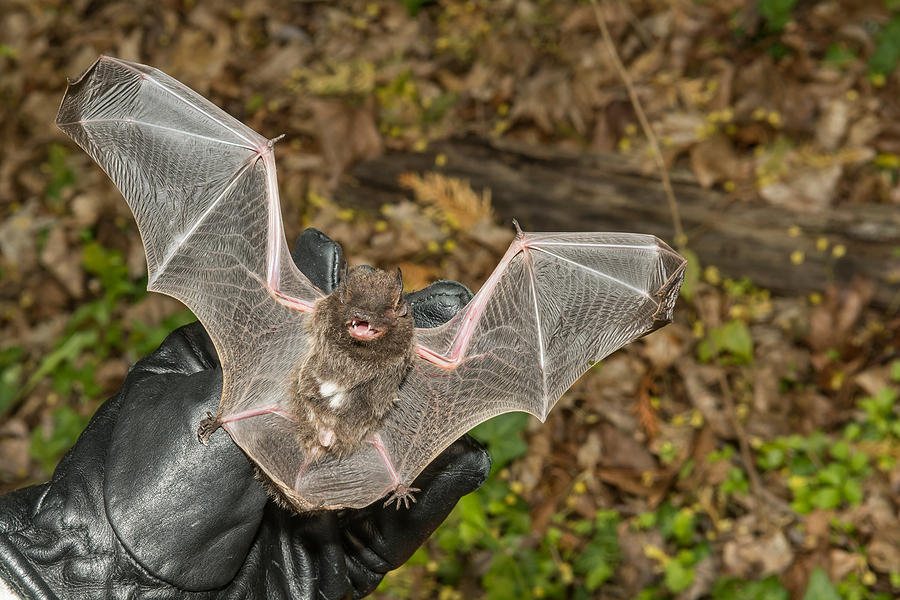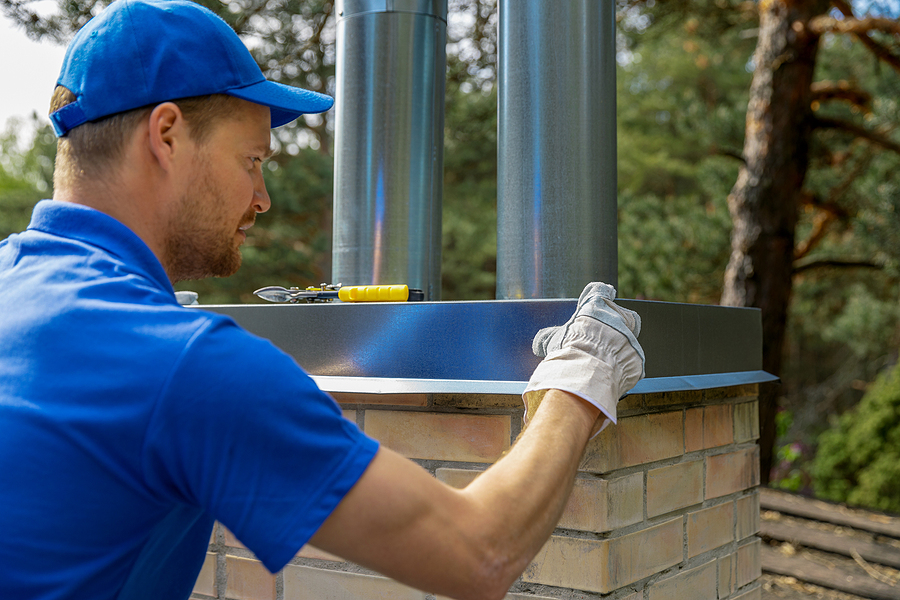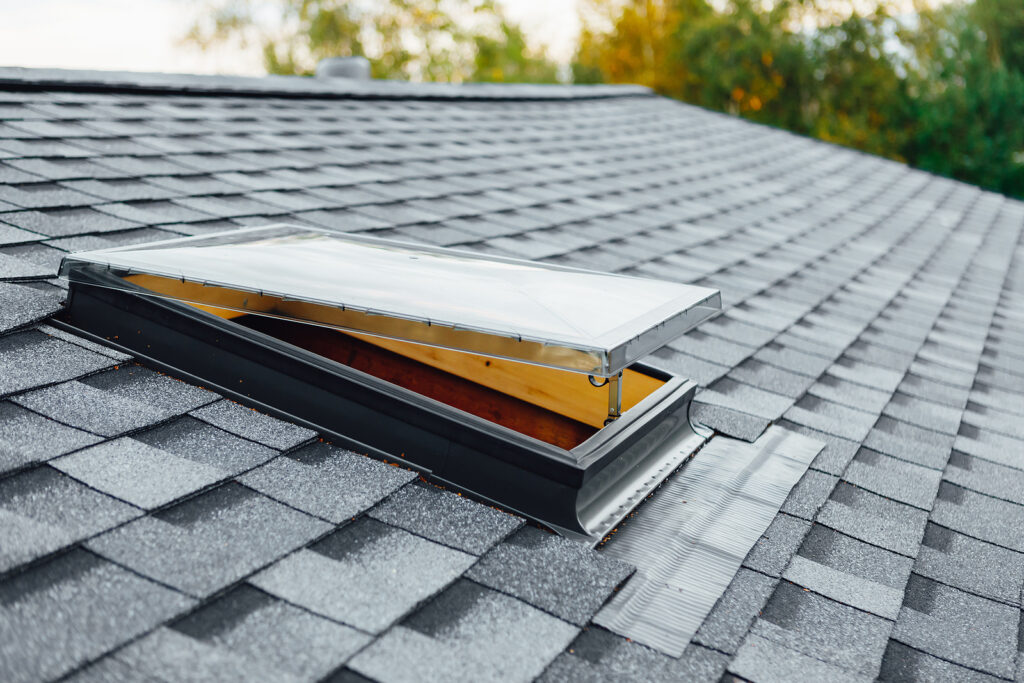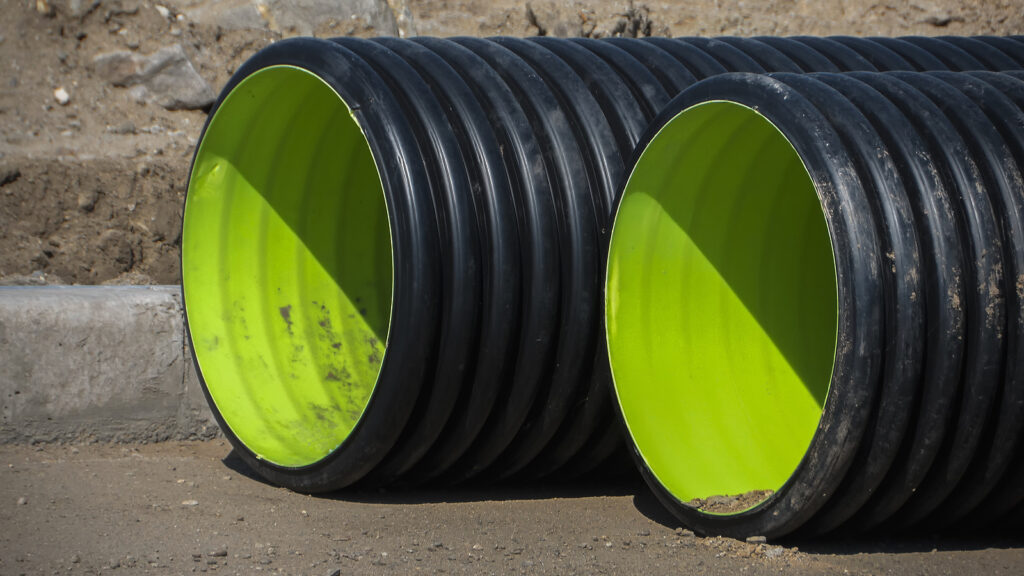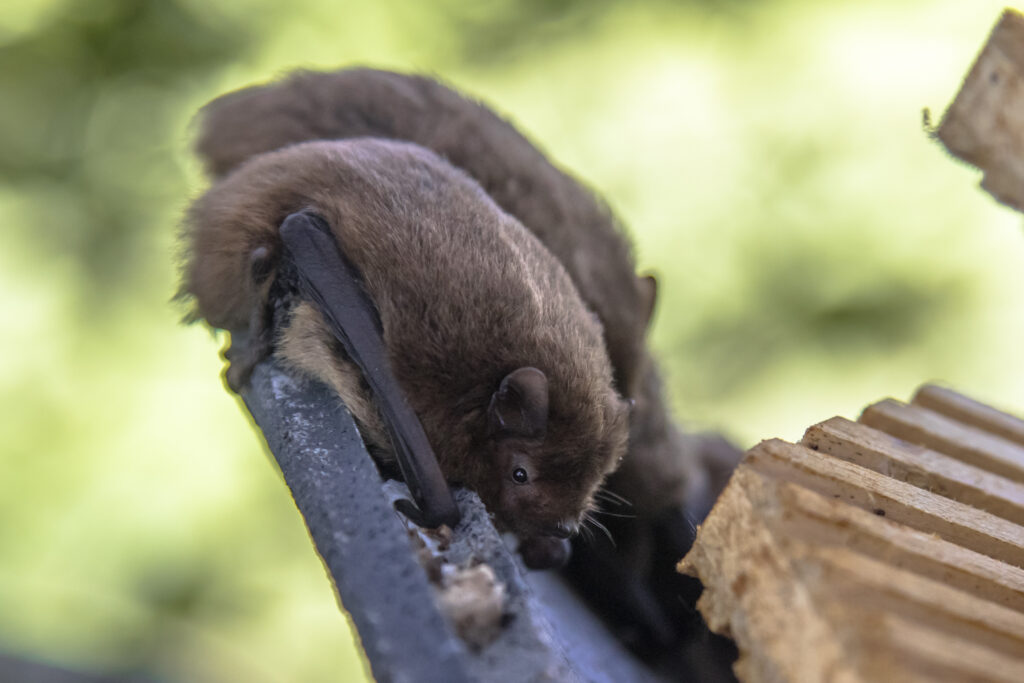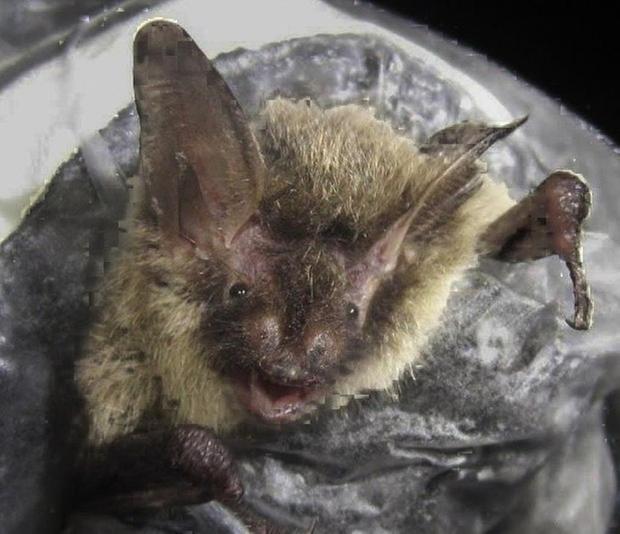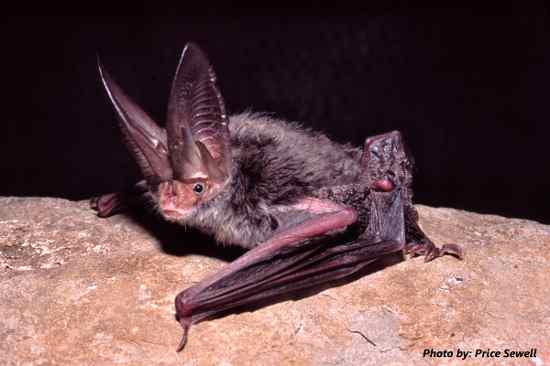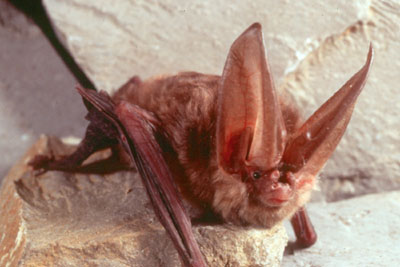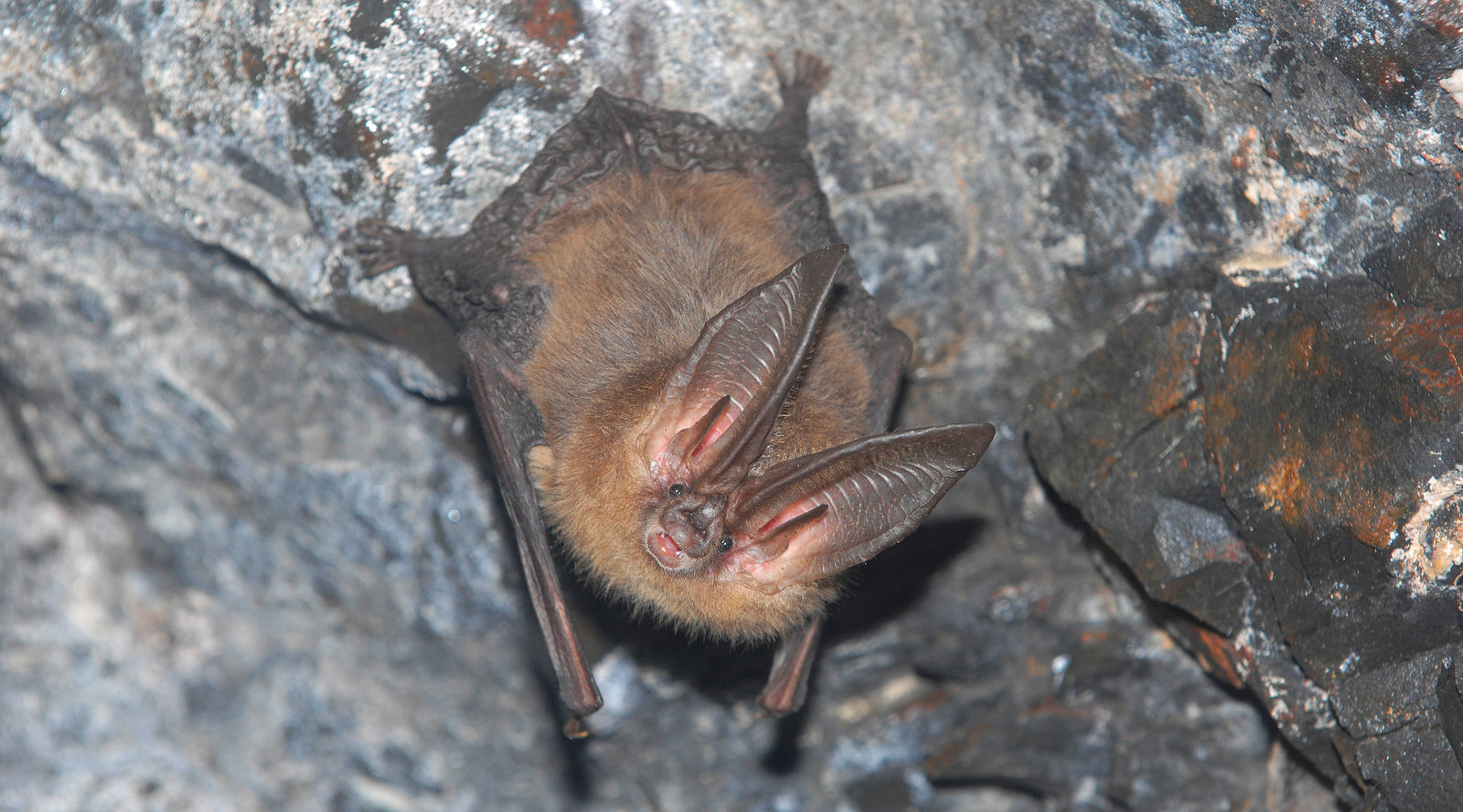As a pet owner, it’s important to do everything you can to keep your furry friend healthy and safe. That’s why vaccinating against the Rabies Virus is so important. Continue below to learn more about the Rabies virus, plus how to keep your pet vaccinated against this deadly threat.

Scary Facts About the Rabies Virus
Rabies is a deadly virus that affects the nervous system of mammals. It is most often transmitted through the bite of an infected animal and can be fatal if left untreated. Dogs are the most common source of rabies transmission to humans, and though vaccinations have made the disease much less common in developed countries, it is still a serious public health concern in many parts of the world.
There are two forms of rabies: Furious rabies is characterized by aggression and lack of fear, while Paralytic rabies progresses to paralysis and death. The incubation period for rabies is typically two to 12 weeks but can be as long as several months. Early symptoms may include fever, headache, and general malaise, followed by more specific symptoms such as seizures, hallucinations, and paralysis. Sadly, there is no cure.
Rabies Vaccines for Dogs and Cats
If you suspect that your dog has been exposed to rabies, it is important to seek veterinary care immediately. There is no cure for rabies, but prompt treatment can be effective in preventing the disease from taking hold. Vaccination is the best defense against rabies, and all dogs should be up to date on their shots. If you live in an area where rabies is common, talk to your veterinarian about whether your dog should also receive a booster vaccine.
Rabies vaccines are available for both dogs and cats. By being aware of the risks and taking steps to protect your pets, you can help keep both your furry friend and your family safe from this deadly virus. The vaccine is typically given as a series of shots, starting at around four months of age. In most cases, vaccinating your pet is the best way to keep them safe from this deadly disease.
The Link Between Bats and Rabies
There is a strong link between bats and rabies. Bats are the main host of the rabies virus, and many people who are bitten by bats contract rabies. However, there are also many myths about bats and rabies. Bats are the main host of the rabies virus. In the United States, most rabies cases in animals are in bats. However, only a small percentage of bats carry the virus. Most bats that carry rabies do not show any signs of the disease.
There are many myths about bats and rabies. One myth is that all bats have rabies. This is not true. Only a small percentage of bats carry the virus. Another myth is that you can get rabies from just being near a bat. This is also not true. You can only get rabies if you are bitten or scratched by a bat that has the virus. If you are bitten or scratched by a bat, wash the wound with soap and water and see a doctor immediately.
Consider Localized Bat Control
The best way to protect yourself and your pets from rabies is to avoid contact with bats. If your property is near a local bat population, it is recommended to implement an effective bat abatement plan. Contact a licensed and insured Richmond VA bat removal and control company for assistance you can trust.
Interested in learning more about safe bat management and abatement? Contact Virginia Bat Pros at 804-729-9097 for bat removal and control in Richmond, Virginia. We serve both residential and commercial clients in all surrounding counties and locations.
Related Posts:
Did You Find a Dead Bat on Your Property?
How Many Bats Have Rabies?
Products That are Not Recommended for Bat Control

